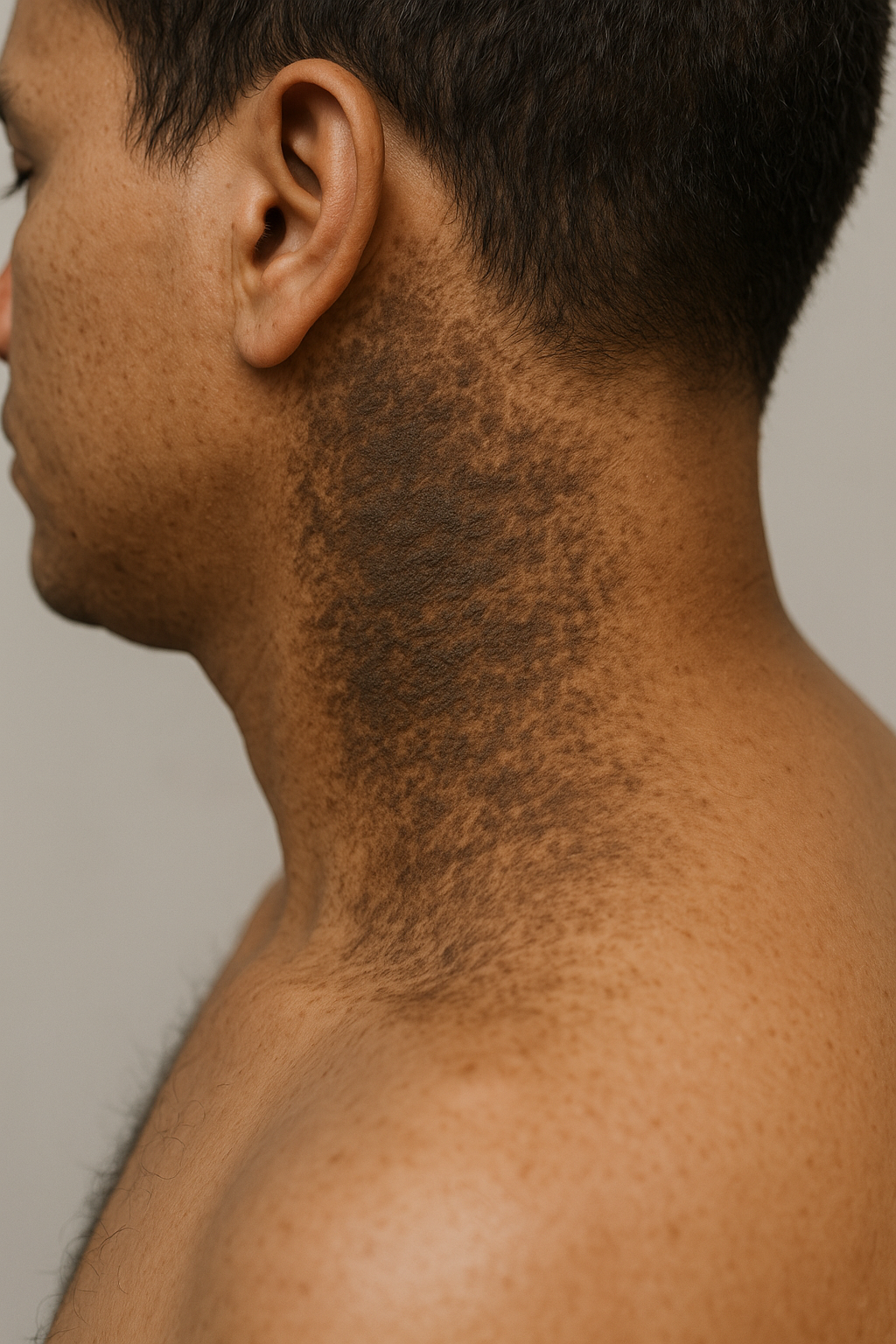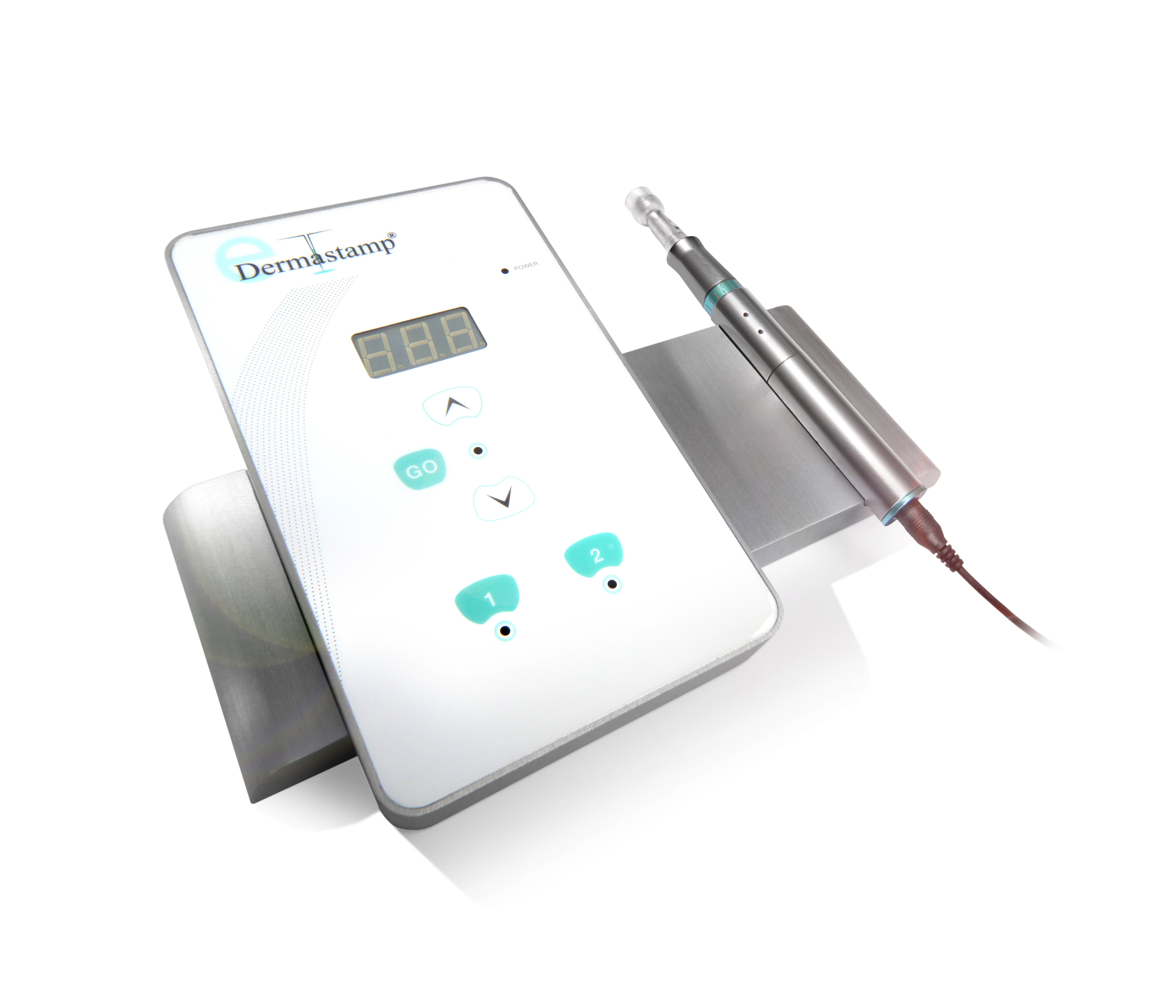Essential oils, derived from various plant materials through distillation or extraction, have been prized for centuries in aromatherapy, perfumery, and traditional medicine. Their aromatic and therapeutic qualities have led to their widespread use not only in personal care routines but also in household products and aerosol diffusers. While many people embrace essential oils for their natural benefits, there is a growing awareness of their potential to cause allergic contact dermatitis—a skin condition resulting from a delayed hypersensitivity reaction when these oils come into contact with the skin.
Essential oils such as tea tree oil, ylang-ylang, lemongrass, sandalwood, clove, jasmine, and eucalyptus are among the most popular. While they offer various therapeutic properties, these oils can also trigger allergic reactions, particularly in individuals with frequent or prolonged exposure. Aromatherapists, masseurs, physiotherapists, hairdressers, beauticians, and cosmetic manufacturers are particularly susceptible due to their occupational exposure. Additionally, individuals with pre-existing skin conditions like atopic dermatitis, older adults, and women are more likely to develop sensitivities.
The rise in home use of essential oils has also contributed to an increase in airborne contact dermatitis cases, especially from fragrance diffusers. In some cultures, essential oils are traditionally applied topically to infants for digestive issues, leading to localized skin reactions in sensitive areas such as the abdomen.
Allergic contact dermatitis from essential oils is classified as a delayed (Type IV) hypersensitivity reaction. This reaction typically occurs 24 to 72 hours after exposure to an allergen. When the skin comes into contact with the allergenic substance, pre-sensitized T-lymphocytes recognize the allergen and release inflammatory cytokines. This immune response triggers dermatitis, resulting in symptoms such as itching, redness, and scaling at the site of contact.
Each essential oil contains a complex mixture of over 100 chemical constituents. This complexity increases the likelihood of cross-reactivity, where individuals allergic to one essential oil may react to others due to shared components.
The primary symptoms of allergic contact dermatitis to essential oils include skin redness, itching, and scaling. These symptoms generally occur at the contact site but may spread beyond the initial area. In professionals like aromatherapists, the hands and forearms are most commonly affected, though the face, neck, and legs can also show signs of dermatitis. Airborne exposure can lead to more widespread skin involvement, particularly when diffusers are used in enclosed spaces.
For individuals working in aromatherapy, massage, or beauty industries, sensitization to essential oils can have severe professional consequences. Persistent allergic reactions may hinder their ability to continue working in their chosen fields, and the chronic nature of the condition can impact social activities and overall quality of life. In some cases, permanent disability due to ongoing exposure may occur.
Accurate diagnosis of allergic contact dermatitis begins with a detailed clinical history, focusing on exposure to essential oils and the distribution of skin lesions. Patients often report that symptoms improve during periods away from work or exposure, such as weekends or vacations.
Patch testing is the standard diagnostic tool for identifying the specific allergens causing dermatitis. Small amounts of potential allergens are applied to the skin, typically on the back, and monitored for reactions after 48 hours and again after 96 hours. Individuals allergic to essential oils often react to multiple substances, making extended patch testing essential. Testing with the patient’s own products can also help identify allergens, particularly oxidized components that develop over time.
In some cases, histological examination of skin biopsies or advanced techniques like gas chromatography and mass spectrometry may be used to identify specific allergenic compounds within essential oils.
Several conditions can mimic or coexist with allergic contact dermatitis, complicating diagnosis. Irritant contact dermatitis, which results from direct skin damage by high concentrations of essential oils, often appears similar but is usually confined to the area of contact. Contact urticaria causes immediate wheals and redness upon exposure but resolves quickly, unlike allergic dermatitis. Photocontact dermatitis arises when certain essential oils are applied to the skin and subsequently exposed to sunlight, leading to photosensitive reactions.
The cornerstone of managing allergic contact dermatitis to essential oils is allergen avoidance. Individuals should be advised not to apply undiluted oils directly to the skin, as this increases the risk of sensitization. For professionals, protective measures like wearing gloves can reduce exposure, although this may not be practical in some occupations, such as massage therapy.
Active dermatitis is typically treated with topical corticosteroids to reduce inflammation. Moisturizers and barrier creams can help soothe the skin, protect against further irritation, and minimize corticosteroid use. In more severe or widespread cases, systemic corticosteroids or immune-modulating agents may be necessary. Oral antibiotics might be required if a secondary bacterial infection develops, while antihistamines can provide relief from itching, although they do not address the underlying dermatitis.
In most cases, avoiding the allergenic essential oils leads to the resolution of symptoms. However, for some individuals, symptoms may persist and become chronic, especially if there is unintentional low-level exposure in daily life. Consistent avoidance of known allergens, along with protective skincare practices, is key to preventing recurrence.
While essential oils are widely celebrated for their therapeutic and aromatic properties, they also carry the potential to cause allergic contact dermatitis, particularly in individuals with frequent exposure. Understanding the risks, recognizing the symptoms, and seeking appropriate diagnosis and treatment can help manage this condition effectively. For those working in professions that involve regular contact with essential oils, adopting preventive measures is crucial to maintaining both skin health and professional well-being.



